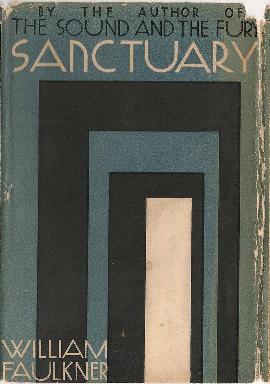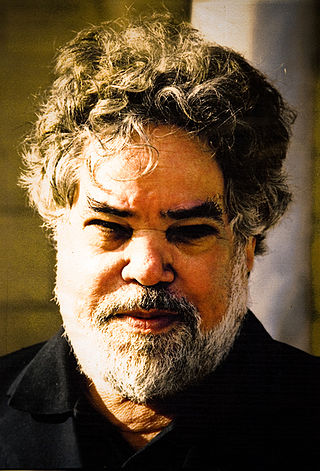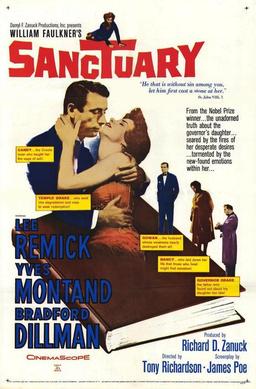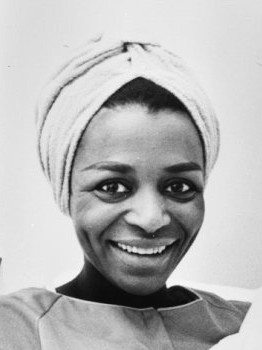
Albert Camus was a French philosopher, author, dramatist, journalist, world federalist, and political activist. He was the recipient of the 1957 Nobel Prize in Literature at the age of 44, the second-youngest recipient in history. His works include The Stranger, The Plague, The Myth of Sisyphus, The Fall and The Rebel.

Sir William Tyrone Guthrie was an English theatrical director instrumental in the founding of the Stratford Festival of Canada, the Guthrie Theater in Minneapolis, Minnesota, and the Tyrone Guthrie Centre at his family's ancestral home, Annaghmakerrig, near Newbliss in County Monaghan, Ireland. He is famous for his original approach to Shakespearean and modern drama.
Six Characters in Search of an Author is an Italian play by Luigi Pirandello, written and first performed in 1921. An absurdist metatheatric play about the relationship among authors, their characters, and theatre practitioners, it premiered at the Teatro Valle in Rome to a mixed reception, with shouts from the audience of "Manicomio!" ("Madhouse!") and "Incommensurabile!", a reaction to the play's illogical progression. Reception improved at subsequent performances, especially after Pirandello provided for the play's third edition, published in 1925, a foreword clarifying its structure and ideas.

Sanctuary is a 1931 novel by American author William Faulkner about the rape and abduction of an upper-class Mississippi college girl, Temple Drake, during the Prohibition era. The novel was Faulkner's commercial and critical breakthrough and established his literary reputation, but was controversial given its themes. It is said Faulkner claimed it was a "potboiler", written purely for profit, but this has been debated by scholars and Faulkner's own friends.

Night of January 16th is a theatrical play by Russian-American author Ayn Rand, inspired by the death of the "Match King", Ivar Kreuger. Set in a courtroom during a murder trial, an unusual feature of the play is that members of the audience are chosen to play the jury. The court hears the case of Karen Andre, a former secretary and lover of businessman Bjorn Faulkner, of whose murder she is accused. The play does not directly portray the events leading to Faulkner's death; instead the jury must rely on character testimony to decide whether Andre is guilty. The play's ending depends on the verdict. Rand's intention was to dramatize a conflict between individualism and conformity, with the jury's verdict revealing which viewpoint they preferred.
Albert Horton Foote Jr. was an American playwright and screenwriter. He received Academy Awards for his screenplays for the 1962 film To Kill a Mockingbird, which was adapted from the 1960 novel of the same name by Harper Lee, and his original screenplay for the film Tender Mercies (1983). He was also known for his notable live television dramas produced during the Golden Age of Television.

The Guthrie Theater, founded in 1963, is a center for theater performance, production, education, and professional training in Minneapolis, Minnesota. The concept of the theater was born in 1959 in a series of discussions among Sir Tyrone Guthrie, Oliver Rea and Peter Zeisler. Disenchanted with Broadway, they intended to form a theater with a resident acting company, to perform classic plays in rotating repertory, while maintaining the highest professional standards.

Florian Pittiș was a Romanian stage and television actor, theatre director, folk music singer, and radio producer.

Requiem for a Nun is a work of fiction written by William Faulkner. It is a sequel to Faulkner's early novel Sanctuary, which introduced the characters of Temple Drake, her friend Gowan Stevens, and Gowan's uncle Gavin Stevens. The events in Requiem are set in Faulkner's fictional Yoknapatawpha County and Jackson, Mississippi, in November 1937 and March 1938, eight years after the events of Sanctuary. In Requiem, Temple, now married with a child, must learn to deal with her violent, turbulent past as related in Sanctuary.

The Possessed is a three-part play written by Albert Camus in 1959. The piece is a theatrical adaptation of Fyodor Dostoyevsky's 1872 novel The Possessed, later renamed Demons. Camus despised nihilism and viewed Dostoyevsky's work as a prophecy about nihilism's devastating effects. He directed a production of the play at the Théâtre Antoine in 1959, the year before he died, which he financed in part with the money he received with his Nobel Prize. It was a critical success as well as an artistic and technical tour de force: 33 actors, 4 hours long, 7 sets, 24 scenes. The walls could move sideways to reduce the size of each location and the whole stage rotated to allow for immediate set transformations. Camus put the painter and set decorator Mayo, who had already illustrated several of his novels, in charge of the demanding task of designing these multiple and complex theater sets
The Lark is a 1952 play about Joan of Arc by the French playwright Jean Anouilh.. It was first presented at the Théâtre Montparnasse, Paris in October 1953. Translated into English by Christopher Fry in 1955, it was then adapted by Lillian Hellman for the Broadway production in the same year.

Sylvie Moreau, is a Canadian actress.

Liviu Ciulei was a Romanian theater and film director, film writer, actor, architect, educator, costume and set designer. During a career spanning over 50 years, he was described by Newsweek as "one of the boldest and most challenging figures on the international scene".
The Gin Game is a two-person, two-act play by Donald L. Coburn that premiered at American Theater Arts in Hollywood in September 1976, directed by Kip Niven. It was Coburn's first play, and the theater's first production. The play won the 1978 Pulitzer Prize for Drama.
Stevie is a 1977 play by Hugh Whitemore, about the life of poet Stevie Smith. The play's two-week, pre-London engagement was at the Theatre Royal, Brighton. The production opened March 23, 1977, at the Vaudeville Theatre with Glenda Jackson as English poet and novelist Stevie Smith and featured Mona Washbourne and Peter Eyre. It was directed by Clifford Williams.

Tayeb Saddiki was a Moroccan theatre director and one of the most iconic and prominent Arab artists, and is considered among the foremost Arab dramatists of the twentieth century. Trained in classical Western theater, Saddiki also embraced traditional Moroccan theatrical styles, fusing the two into a path-breaking combination of Western and traditional Moroccan theater. Known for staging spectacles played to large crowds in big arenas, Saddiki developed a style of festive theater that became a popular in the Arab world.
Lookingglass Theatre Company is a non-profit theater company located in Chicago, Illinois.

Sanctuary is a 1961 drama film directed by Tony Richardson. The film, based on the William Faulkner novels Sanctuary (1931) and Requiem for a Nun (1951), is about the black maid of a white woman who kills the latter's newborn in order to give her employer a way out of a predicament, and then faces the death penalty.

Olive Moorefield is an American actress and singer. She appeared in more than twenty films from 1954 to 1976.
Wenceslas Square is a 1988 play by Larry Shue. It was presented by the New York Shakespeare Festival at The Public Theater/Martinson Theatre Stage in New York City. Directed by Jerry Zaks, the cast comprised: Victor Garber, Jonathan Hadary, Bruce Norris (playwright) and Dana Ivey. Following its March/April 1988 New York run, the play transferred to the John F. Kennedy Center for the Performing Arts in Washington, D.C. for a July/August limited engagement.












